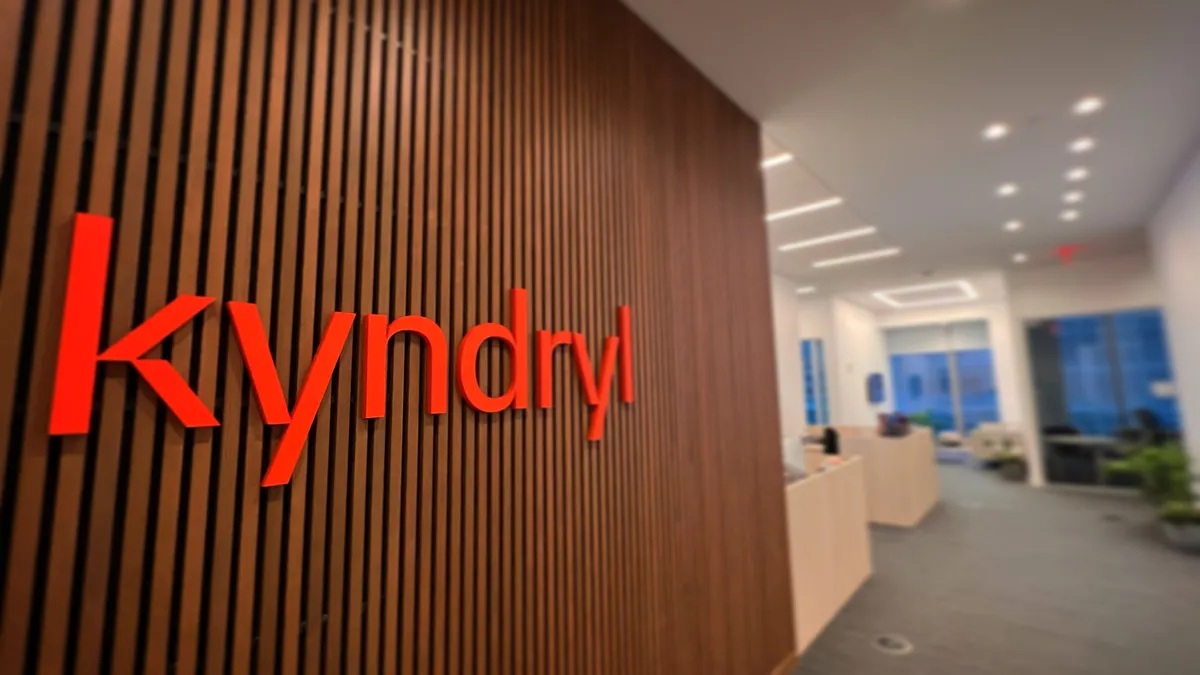For many enterprises at the start of the pandemic, shifting to the cloud was not an option. It was a necessity to keep employees on the job even if their jobs relocated to their homes.
Of 500 IT professionals and senior technology surveyed, 54% said the pandemic motivated their organization to move applications and workloads off-premise, according to the INAP State of Infrastructure Management Report. In addition, 59% said their plans for where they operate their IT infrastructure changed due to the pandemic.
Migrations aren't always perfect even in ideal times, but pushed up or rushed timelines, lead to mistakes. Applications don't work quite right, security gaps remain open and quick cloud migrations bring along plenty of junk.
"You're stuck with this existential question: do we move quickly or do we strangle the business?" said Greg Petersen, senior director of IT security for Avanade. "When you move quickly, you're usually making tradeoffs."
Enterprises can learn from those tradeoffs to tune up their cloud implementations, and future migrations, for 2021.
'Lift and shift' left applications behind, brought junk
One way to quickly get into the cloud is through a "lift and shift" migration, where an application and all its data is migrated to a public cloud at once. Lift and shift is popular because it's typically quick and inexpensive, but if done without enough planning, something that application or data relies on will be left behind.
Rushed implementations could lead to applications that may not work quite right, to the frustration of employees and/or customers.
"A common mistake I see is this idea of let's just get it there and we'll take care of it later," said John Pisano, who leads digital cloud solutions capability at Booz Allen Hamilton.
Running an application scan can identify mismatches. Rather than have a person manually pour over documents and code to figure it out, enterprises can use an automated tool to determine "dependencies and structural issues in your code," said Pisano.
For companies that have used the same mission-critical applications since the 1990s, a lift and shift can also "bring in decades of junk with it," said Kausik Chaudhuri, global lead and senior director of professional and managed services at Virtustream. "Moving it without any kind of change sounds good in terms of reducing risk, but at the end of the day, they're going to end up having the same overages and issues that they had in the past."
An inventory of what a migration brought over — followed by a re-evaluation of what needs to stay, go, be consolidated or be replaced — may sound labor intensive. But without going through those processes, enterprises will keep dragging junk around with them, and paying for it, into 2021 and beyond, just on a cloud instead of on-prem.
Quick migration lead to security gaps
The rush to make enterprise operations usable in the cloud so employees could work from home may have meant security sacrifices.
For example, a push to enable single sign-on across an organization might have maximized usability but also made the network less secure, said Petersen. Now is the time to go back and figure out how to reinforce that security without sacrificing usability.
Companies may have also skipped over disaster recovery plans, too. "You don't really think about that when you're already in a disaster," Petersen said. But hurricanes and wildfires and snowstorms still happen.
What happens if that system "we just stood up falls over? What if that data is not available? If it's a critical part of your business, make it a bit more resilient," he said.
The pandemic was an unanticipated stress test, particularly for network security. "Everybody thought VPN will do. It'll do until you put your entire workforce at home on varying laptops and varying networks," said Jennifer Curry, senior vice president of product and technology at INAP. "Are they even using the VPN? Where is your data going because you can't restrict it if you're using VPN."
Even though workers could return to offices at some point in 2021, they most likely won't do so in the same way or same capacity. Right-sizing cloud capacity now, and filling security gaps, can help enterprises be ready for whatever the future holds.
"We're not going to flip the switch and it's all like we just used to be," she said.





















